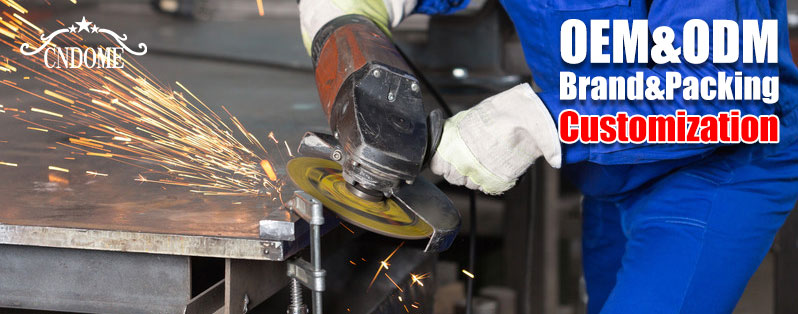Shipyards are hubs of heavy industrial activity, where precision, durability, and efficiency are paramount. Cutting wheels play a critical role in this environment, enabling workers to cut through tough materials like steel plates, pipes, and other metal components with accuracy. Here’s a comprehensive look at the key considerations, types, and best practices for selecting cutting wheels tailored for shipyard applications.
Key Challenges in Shipyard Cutting Tasks
Shipyards pose unique challenges due to the demanding nature of the work. Factors include:
- Tough Materials: Shipbuilding involves cutting thick steel, stainless steel, and other high-strength alloys.
- Continuous Operation: Extended working hours require cutting wheels with exceptional longevity.
- Harsh Environments: Exposure to moisture and salt may lead to corrosion, necessitating wheels resistant to such conditions.
Types of Cutting Wheels Suitable for Shipyards
- Metal-Specific Cut-Off Wheels
Designed to cut various metals, including steel, stainless steel, and aluminum, these wheels provide clean and burr-free cuts. - Reinforced Cutting Wheels
With fiberglass reinforcement, these wheels offer added safety and durability, making them suitable for cutting large metal sheets and pipes. - High-Speed Cut-Off Wheels
Engineered for high RPM tools, these wheels ensure quick cuts, enhancing productivity in time-critical operations. - Large-Diameter Cutting Discs
Essential for cutting thick steel plates, these discs provide greater reach and cutting depth, a must for shipyard-scale tasks.
Key Features to Look For
When selecting cutting wheels for shipyard use, prioritize the following:
- Durability: Opt for wheels with high wear resistance to handle continuous cutting without frequent replacements.
- Material Compatibility: Match the wheel composition (e.g., aluminum oxide, zirconia, or silicon carbide) to the material being cut.
- Safety Standards: Ensure compliance with industry safety certifications to prevent accidents.
- Precision Cutting: Thin wheels provide clean, precise cuts, reducing the need for secondary processing.
Best Practices for Using Cutting Wheels in Shipyards
- Tool Compatibility
Always match the cutting wheel size and RPM rating to the power tool specifications. - Regular Maintenance
Inspect and replace worn or damaged wheels promptly to maintain safety and performance. - Proper Storage
Store wheels in a dry, cool place to prevent degradation from moisture and temperature fluctuations. - Safety Gear
Equip operators with protective gear such as gloves, goggles, and face shields to minimize risks.
Popular Cutting Wheel Options for Shipyards
Several manufacturers specialize in producing cutting wheels for industrial applications. Look for brands offering tailored solutions for heavy-duty environments. Examples include:
- Extra-Thin Wheels for Precision Cuts
- Zirconia Wheels for High-Density Metal
- Hybrid Wheels Combining Durability and Speed
Conclusion
Shipyard operations demand cutting wheels that can withstand the rigors of heavy-duty use while delivering precise, efficient cuts. By understanding the specific requirements of shipbuilding tasks and selecting the right cutting wheels, businesses can enhance productivity, reduce costs, and maintain high safety standards.
Invest in quality tools, follow best practices, and ensure regular maintenance to maximize the lifespan and performance of your cutting wheels in shipyard applications.
If you’d like recommendations for specific cutting wheel products or suppliers for shipyard use, feel free to reach out!

